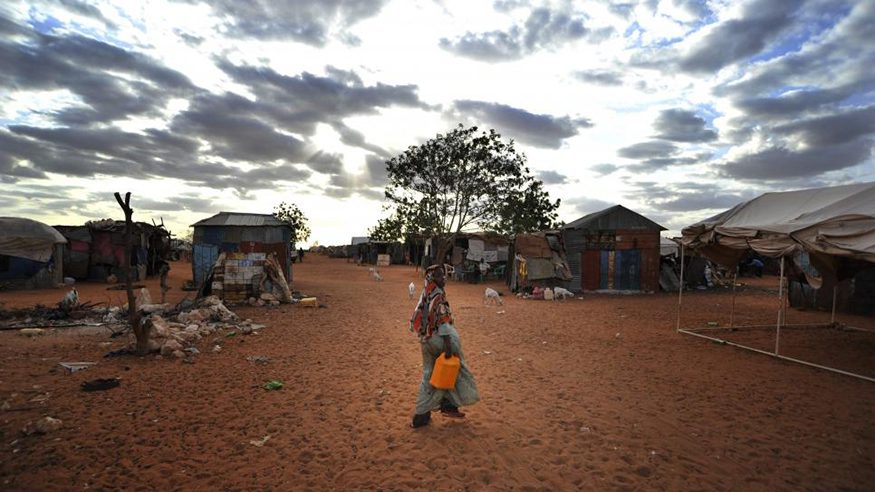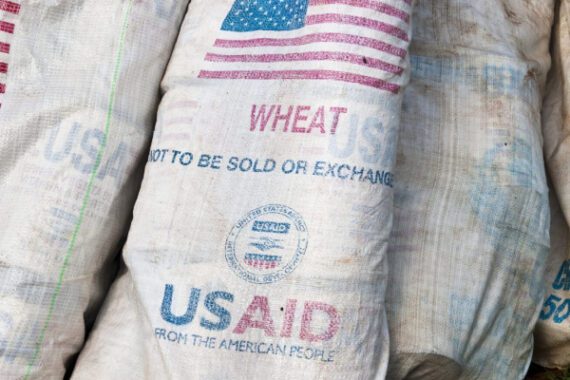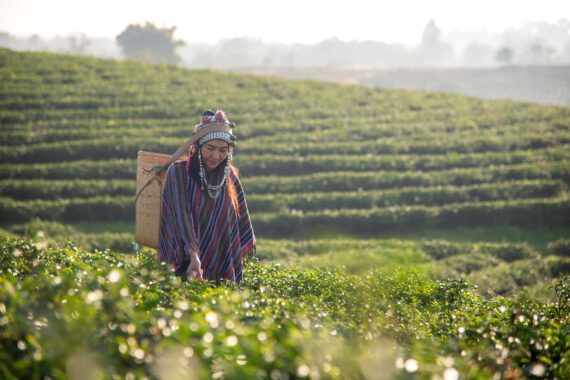By Jordan Teague and Rahma Sohail
This is the third in a five-part series on transforming assistance to fragile contexts to end hunger.
The Sahel region of Africa—stretching across the continent on the southern edge of the Sahara Desert—is one of the poorest regions in the world. The natural environment has always been harsh, with large areas unsuitable for farming. Now, temperatures are rising 1.5 times as quickly as in the rest of the world, making it one of the areas most vulnerable to climate change. The U.N. Development Program (UNDP) identifies climate change as the largest threat to the region. A former Special Advisor to the Sahel for the U.N. Secretary General described the impacts: “There used to be a major drought every 10 years; now it’s every other year.”
Environmental and climate challenges are far from the only problems that countries in the Sahel confront. Conflict, fueled by several factors including extreme poverty, takes the form of multiple armed groups active in the region plus thousands of international peacekeeping forces. Malnutrition levels that would usually be identified in other regions, such as the Horn of Africa, as a hunger emergency that requires a dedicated humanitarian response are all too common.
The COVID-19 pandemic has exacerbated multiple humanitarian crises, with the number of people facing acute hunger levels that endanger the lives of young children tripling during 2020 to 7.4 million. Over the same time period, the total number of food insecure people increased by 77 percent to 19.1 million people.
The past year only exacerbated the hunger crisis in Niger. As of 2019, Niger had taken in more than 221,000 refugees fleeing conflict in neighboring Nigeria and Mali. According to the World Bank, the COVID-19 pandemic has pushed almost 300,000 Nigeriens into poverty. The Nigerien government reports that the lockdowns and other public health measures necessitated by the pandemic have put 23 percent of the population at risk of food insecurity during the lean season, the time when people are waiting for the next harvest to be ready. This is between two and three times the percentage that had been projected at the beginning of 2020. The number of children suffering from severe acute malnutrition—a condition that is very often fatal if not treated in time—was expected to increase by 35 percent during 2020.
Neighboring Burkina Faso has the world’s fastest-growing displacement crisis because of violence and insecurity. More than a million people have been displaced, including more than 450,000 in the past year alone. This is one in every five people. According to the World Food Programme (WFP), more than 10,000 people are “one step short of famine.” Also, according to UNICEF spokesperson Marixie Mercado, the number of children in Burkina suffering from life-threatening malnutrition is expected to increase by 20 percent.
In 2019 and thus before the pandemic, displaced people in the Sahel were already suffering “more than three times the emergency levels of severe acute malnutrition.” In early November 2020, WFP and the Food and Agriculture Organization (FAO) issued a joint alert, identifying Burkina Faso as one of four countries with rising hunger that will lead to famine without prompt humanitarian intervention.
Burkina Faso faces climate change impacts as well. The majority of the population work in subsistence agriculture and livestock raising. Severe droughts over the past several years have worsened economic conditions, causing more people to migrate from rural areas to Burkina Faso’s urban areas and neighboring countries Côte d’Ivoire and Ghana. The droughts have caused higher levels of malnutrition, along with diseases that are more likely to be severe or fatal among malnourished children because of their weakened immune systems.
In September 2020, the Central Sahel was devastated by flooding—the worst seasonal rains in more than a decade. The flooding destroyed farms, health centers, and homes across large parts of Niger, Burkina Faso, Chad, and Mali. Several hundred thousand people were displaced. Water sources were contaminated, increasing the risk of water-borne diseases such as cholera.
FAO reported that in Niger, the most severely affected country, more than 18,000 livestock were lost, more than 28,000 hectares (70,000 acres) of cropland were ruined, 1,000 grain warehouses collapsed, and 22,600 tons of rice were destroyed. This caused volatile food prices and still higher levels of hunger.
Stay tuned to Institute Insights next month for a deeper dive on fragility and hunger in Venezuela as well as a way to move forward.
Jordan Teague is the interim co-director of Bread for the World Institute, recently renamed the Policy Analysis and Coalition Building department of Bread, and Rahma Sohail was the 2020 Crook Fellow with Bread for the World Institute.



